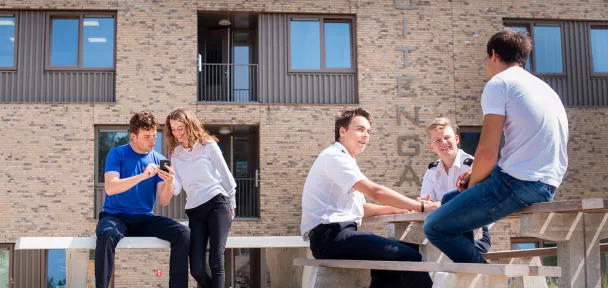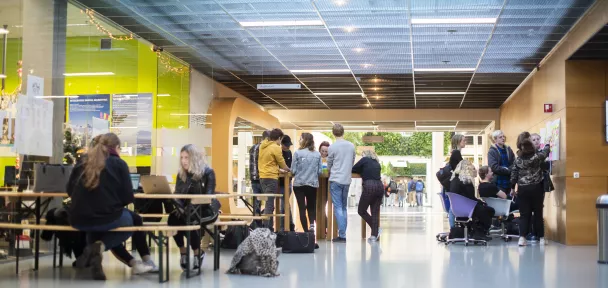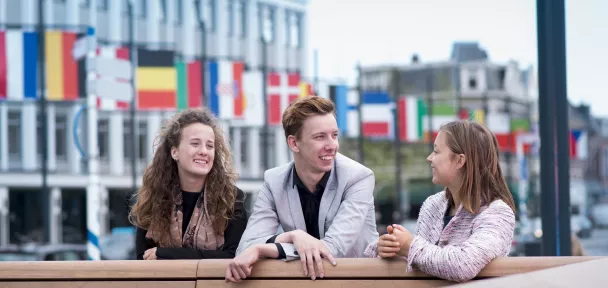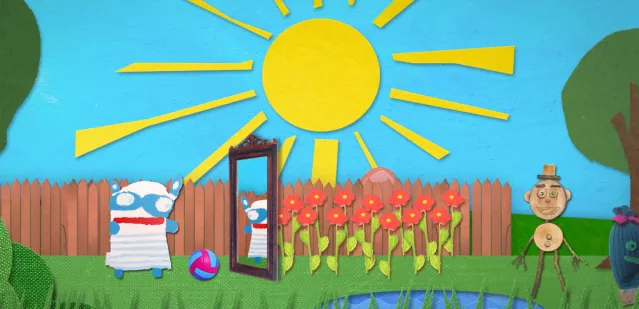
Art therapy can make it easier to talk
It’s often difficult for children with autism to process information. It could be that they hear instructions but that they don’t understand what they have to do. Schweizer: “They don’t always understand what is expected of them. Art therapy gives them a different way of processing information and can help raise their self-confidence, for instance. There’s no right or wrong, it’s a way of finding out what you like to do, what you find difficult to do and it’s a way of learning how to talk about it.”
The picture on the cover of Schweizer’s thesis was drawn by a ten year old boy. It was a conscious choice she explains. “It’s a portrait of a his cuddly toy. He tells it all his worries. He was able to do the painting after he’d been having fun and had built up his confidence while making other things. As he brushed over the canvas, painting the blue and white strokes of the toy’s fur, something beautiful happened: he started to tell his therapist more about the worries he shared with his toy.



